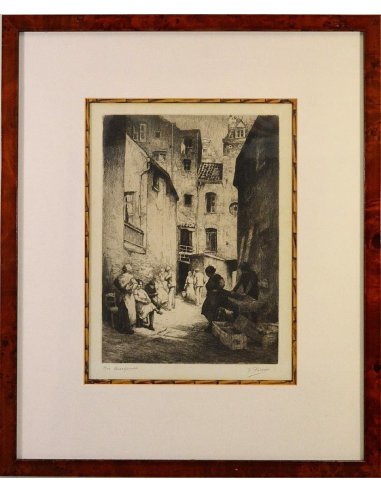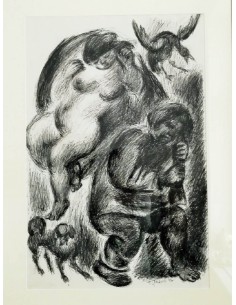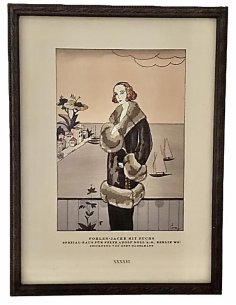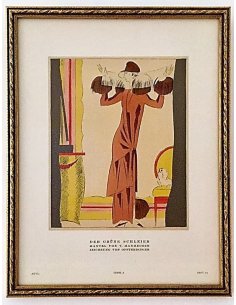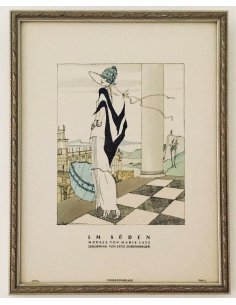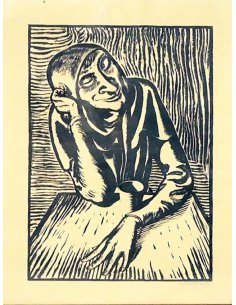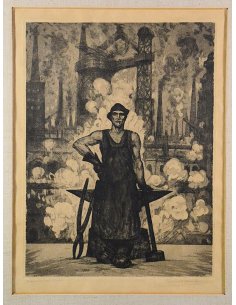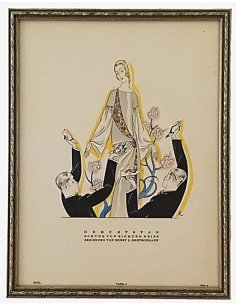Original etching "Straatjesvolk" by Belgian painter Kurt Peiser.
Kurt Peiser's black-and-white etching depicts a busy street scene – "Straatjesvolk" ("Street People") – created as a numbered edition (71/100), signed and titled. At its center are several people – everyday types such as dockworkers, neighbors, women washing clothes – gathered in a narrow, slumbering alley. The monochrome, fine lines, and contrasts create a deep perspective and social atmosphere.
Peiser's etching combines technical precision with social awareness. It is an example of the authentic harbor and street scenes Peiser frequently portrayed and reflects Peiser's commitment to marginalized people.
Ideal for collectors of social realist graphics or lovers of early 20th-century Belgian art.
About the artist:
Kurt Peiser (1887 Antwerp - 1962 Uccle/Brussels)
Kurt Peiser was a Belgian graphic artist, draftsman, and painter known for his social realist depictions of urban life. Peiser came from a family with Polish-Jewish roots and received Belgian citizenship at the age of 18.
He studied at the Royal Academy of Fine Arts in Antwerp, where he was taught by Gérard Jacobs, among others. Early on, he developed a preference for etchings, drawings, and lithographs, with which he impressively portrayed the lives of the working class.
He primarily found inspiration in the area surrounding the port of Antwerp. With a keen eye for detail, he painted people on the fringes of society, people on the street (as in his etching "Straatjesvolk"), or picturesque harbor scenes, often depicting sailors and prostitutes in fishermen's taverns and dockworkers. Some of his works were created in the Jewish quarter of Amsterdam.
His works are characterized by expressive, sometimes somber lines and a deep humanistic compassion. Peiser was a member of the artists' association "La Gravure Originale Belge" and exhibited at the renowned Galerie Georges Giroux in Brussels in 1929, among others. He participated in the Venice Biennale in 1924 and 1934, which strengthened his international reputation as a socially critical artist.
Peiser's work is represented in major museums, including the British Museum, the Hermitage Museum in St. Petersburg, the Museum of Fine Arts of Belgium, and the Royal Library of Belgium.
More Information: https://www.kurtpeiser.be/


